How Many Microphones?
When it comes to audio recording, live performances, or even simple communication setups, the question of "how many microphones do I need?" is a common one. The answer, however, is not straightforward and depends on various factors such as the purpose, environment, and the number of sound sources. In this article, we will delve into the different scenarios where microphones are used and provide a comprehensive guide to help you determine the optimal number of microphones for your specific needs.
Understanding the Basics
Before we dive into specific scenarios, it's essential to understand the basic types of microphones and their general uses. Microphones can be broadly categorized into dynamic, condenser, and ribbon microphones, each with its own set of characteristics and ideal use cases.
- Dynamic Microphones: These are rugged and versatile, making them suitable for live performances and situations where durability is a priority.
- Condenser Microphones: Known for their sensitivity and accuracy, condenser microphones are often used in studio settings for vocals and acoustic instruments.
- Ribbon Microphones: These are less common but are prized for their warm and natural sound, often used in high-fidelity recording environments.
Scenarios and Microphone Requirements
1. Podcasting and Voice Recording
For podcasting or voice-over work, the primary focus is on capturing clear and crisp vocal audio. Typically, a single high-quality condenser microphone is sufficient for solo recordings. However, if you have multiple hosts or guests, each person should ideally have their own microphone to ensure consistent audio quality.
- Solo Podcast: 1 microphone
- Two-Person Podcast: 2 microphones
- Group Podcast (3-4 people): 3-4 microphones
2. Music Recording
Music recording can range from solo performances to full bands or orchestras, each requiring a different number of microphones.
- Solo Instrument/Vocal: 1-2 microphones. For example, a singer-songwriter might use one microphone for vocals and another for the guitar.
- Small Ensemble (2-4 musicians): 3-5 microphones. Each instrument should ideally have its own microphone, and additional microphones may be used for room ambiance.
- Full Band: 8-12 microphones. Drums alone can require multiple microphones (kick, snare, hi-hat, toms, overheads), and each additional instrument (guitar, bass, keyboards, vocals) will need its own microphone.
- Orchestra: 20+ microphones. Large ensembles like orchestras require a complex setup with spot microphones for each section (strings, brass, woodwinds, percussion) and additional ambient microphones to capture the overall sound.
3. Live Performances
Live sound reinforcement for concerts or events also varies widely based on the size of the venue and the number of performers.
- Solo Performer: 1-2 microphones. One for vocals and possibly another for an instrument.
- Small Band: 5-10 microphones. Similar to studio recording, each instrument and vocal will need its own microphone.
- Large Band/Orchestra: 15+ microphones. Multiple microphones for drums, individual microphones for each instrument, and ambient microphones for capturing the audience and room sound.
4. Film and Video Production
In film and video production, capturing clear dialogue and ambient sound is crucial. The number of microphones needed can vary based on the complexity of the scene.
- Simple Interview: 1-2 microphones. A lavalier microphone for each person or a single boom microphone.
- Narrative Scene: 2-4 microphones. A combination of lavalier microphones for each actor and a boom microphone for capturing ambient sound.
- Complex Scene: 5+ microphones. Multiple lavalier microphones, boom microphones, and possibly additional microphones for capturing specific sound effects or ambient noise.
Factors Influencing Microphone Choice
Environment
The recording environment plays a significant role in determining the number and type of microphones needed. For instance, a controlled studio environment allows for precise microphone placement and fewer microphones, while a live or outdoor setting may require additional microphones to capture sound accurately.
Budget
Budget constraints can also influence your microphone setup. High-quality microphones can be expensive, and purchasing multiple units may not always be feasible. In such cases, prioritizing key sound sources and using versatile microphones can help achieve good results without breaking the bank.
Technical Expertise
The level of technical expertise available can also impact your microphone setup. Complex setups with multiple microphones require skilled engineers to manage and mix the audio effectively. If you lack technical expertise, simpler setups with fewer microphones may be more manageable.
Practical Tips for Microphone Setup
1. Plan Ahead: Before purchasing or setting up microphones, plan your recording or performance setup. Consider the number of sound sources, the environment, and the desired audio quality.
2. Test and Adjust: Always test your microphone setup before the actual recording or performance. Make adjustments to microphone placement and levels to ensure optimal sound capture.
3. Use Quality Cables and Accessories: High-quality cables, stands, and other accessories can significantly impact the overall audio quality. Invest in reliable gear to avoid technical issues.
4. Monitor and Mix: Continuously monitor the audio during recording or performance. Use headphones and mixing consoles to make real-time adjustments and ensure consistent audio quality.
Determining the number of microphones needed for a particular setup involves considering various factors such as the purpose, environment, and budget. Whether you're recording a podcast, a music album, a live concert, or a film, understanding the specific requirements of each scenario will help you make informed decisions. By planning ahead, testing your setup, and using quality equipment, you can achieve professional-level audio quality tailored to your unique needs.


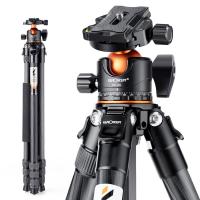
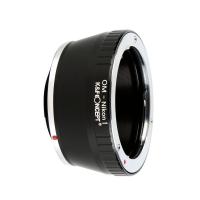


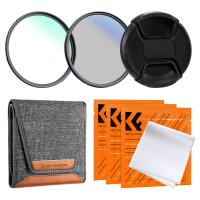
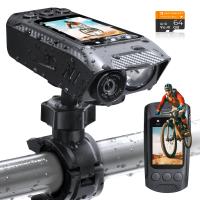


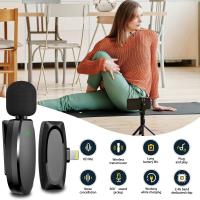
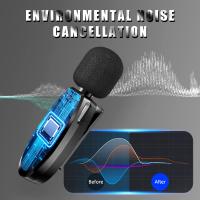







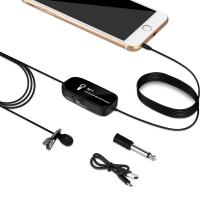
There are no comments for this blog.